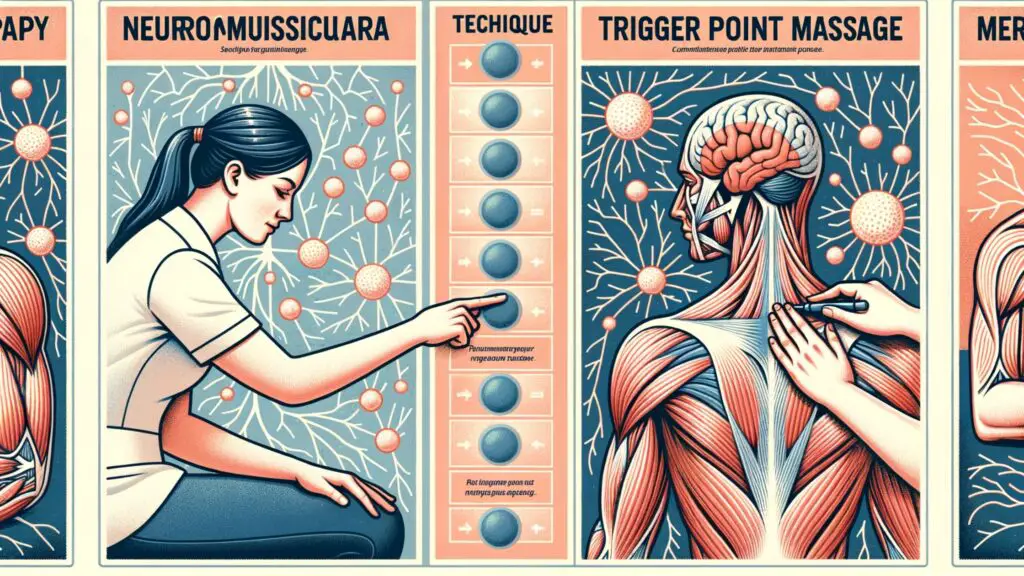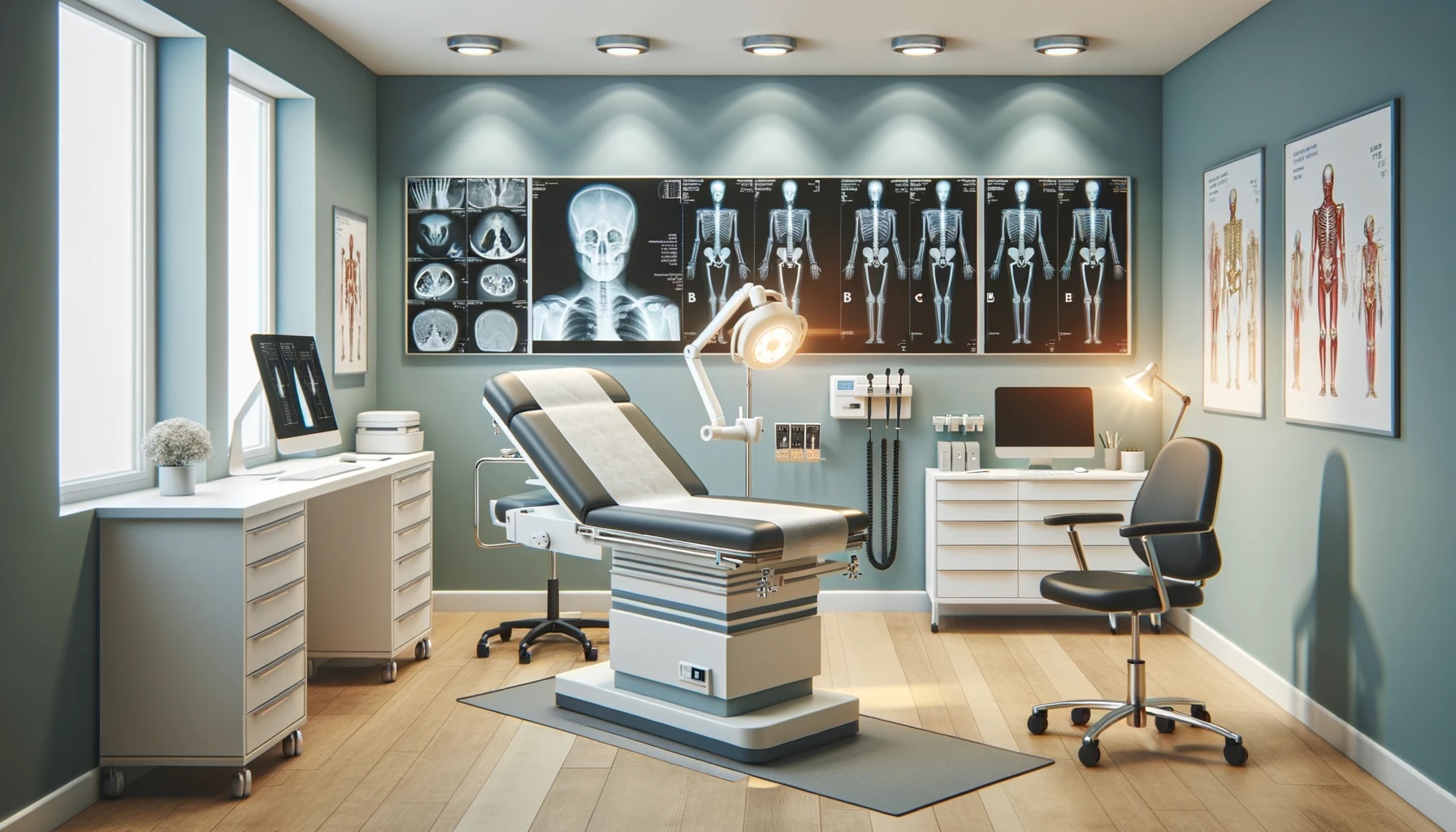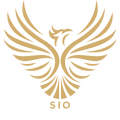Estimated reading time: 12 minutes
Welcome to my article on nerve stroke massage and the incredible power of the feathering technique. In this section, we will explore how this unique approach can help unlock the benefits of nerve stimulation and promote relaxation in the body.
The feathering technique is a gentle and light stroke applied along the nerve pathways to release tension and improve circulation. By utilizing this technique, individuals can experience relief from nerve compression, reduce neuropathic pain, and promote overall relaxation of the nervous system.
Key Takeaways:
- Nerve stroke massage utilizes the feathering technique to stimulate the nerves and promote relaxation.
- The feathering technique involves light, gentle strokes along the nerve pathways to release tension and improve circulation.
- Nerve stroke massage can provide relief from nerve compression and reduce neuropathic pain.
- This technique promotes overall relaxation of the nervous system.
- The feathering technique is an essential component of nerve stroke massage for unlocking its full potential.
Understanding Neuromuscular Therapy and Trigger Point Massage
I have found that neuromuscular therapy and trigger point massage are highly effective modalities commonly used in nerve stroke massage. These techniques are crucial in identifying and relieving trigger points and areas of muscle tightness that can lead to nerve compression and pain.
In neuromuscular therapy, therapists focus on locating and treating these trigger points by applying specific pressure. This targeted pressure helps to release tension and restore proper nerve function, providing relief from pain and discomfort. Trigger point massage, on the other hand, involves applying pressure to specific points on the body to alleviate muscle knots and tension, which helps relieve nerve compression.
By incorporating neuromuscular therapy and trigger point massage into nerve stroke massage sessions, therapists can address the underlying causes of nerve compression and pain. This comprehensive approach allows for targeted relief and a more thorough restoration of nerve function.

| Neuromuscular Therapy | Trigger Point Massage |
|---|---|
| Focused on identifying and treating trigger points | Targets specific points to alleviate muscle knots and tension |
| Applies specific pressure to release tension and restore nerve function | Relieves nerve compression by addressing muscle tightness |
| Provides relief from pain and discomfort | Alleviates muscle knots and tension, reducing nerve compression |
Neuromuscular therapy and trigger point massage are valuable techniques in nerve stroke massage. By understanding and utilizing these modalities, therapists can effectively address nerve compression, reduce pain, and promote overall nerve health and well-being.
Unleashing the Power of Myofascial Release in Nerve Stroke Massage
Nerve stroke massage incorporates various techniques to address nerve compression and promote overall nerve health. One such technique is myofascial release, which targets the connective tissue (fascia) surrounding the muscles to relieve tension and restore proper nerve function.
During myofascial release, the therapist applies gentle, sustained pressure to the affected areas. This encourages the fascia to release, allowing the muscles to relax and alleviating nerve compression. By targeting tight fascia or scar tissue, myofascial release can effectively relieve nerve compression and help restore optimal nerve function.
Myofascial release is particularly beneficial for individuals experiencing nerve-related issues such as neuropathic pain. By addressing the underlying fascial restrictions, this technique can provide relief and improve overall nerve health.

The Benefits of Myofascial Release in Nerve Stroke Massage
• Releases tension in the muscles and fascia, promoting relaxation
• Improves circulation to the affected areas, aiding in the healing process
• Alleviates nerve compression and reduces neuropathic pain
• Restores proper nerve function by addressing fascial restrictions
• Complements other techniques in nerve stroke massage for comprehensive relief
By incorporating myofascial release into nerve stroke massage, individuals can experience the benefits of targeted relief, improved nerve function, and overall relaxation. This technique, along with other modalities, provides a holistic approach to addressing nerve compression and promoting optimal nerve health.
| Benefit | Explanation |
|---|---|
| Relaxes muscles and fascia | By releasing tension in the muscles and fascia, myofascial release promotes relaxation and relieves stress on the nerves. |
| Improves circulation | Enhanced circulation to the affected areas helps deliver oxygen and nutrients, aiding healing and promoting overall nerve health. |
| Reduces neuropathic pain | By alleviating nerve compression, myofascial release can significantly reduce neuropathic pain and discomfort. |
| Restores proper nerve function | Addressing fascial restrictions allows the nerves to function optimally, improving their ability to transmit signals and reducing nerve-related issues. |
| Complements other techniques | Myofascial release works synergistically with other modalities in nerve stroke massage to provide comprehensive relief and support overall nerve health. |
Neural Pathway Stimulation: Enhancing Nerve Function Through Massage
Neural pathway stimulation plays a crucial role in the effectiveness of nerve stroke massage. By incorporating deep tissue manipulation and specific massage techniques, therapists can help optimize nerve function, reduce pain, and promote overall neural health. Deep tissue manipulation involves applying sustained pressure and slow, deliberate strokes to the deeper layers of muscles and connective tissue, targeting areas of tension and promoting the release of trapped nerves.
| Benefits of Neural Pathway Stimulation: | Techniques Used: |
|---|---|
| Improved nerve function | Deep tissue manipulation |
| Pain reduction | |
| Enhanced neural communication | Specific massage techniques |
| Optimized neural health | Targeted pressure application |
Through deep tissue manipulation, therapists can release tension, break up scar tissue, and restore proper nerve function. This not only provides pain relief but also improves mobility and overall nerve health. The specific massage techniques during neural pathway stimulation target key areas to enhance neural communication and promote optimal neural functioning. These techniques often involve applying targeted pressure to trigger points or along specific nerve pathways, stimulating the nerves and promoting efficient nerve signal transmission.
Neural pathway stimulation through massage is a powerful tool in enhancing nerve function and promoting overall neural health. By incorporating deep tissue manipulation and specific massage techniques, therapists can help individuals experience relief from nerve compression and reduce pain, ultimately improving their quality of life and well-being.
Incorporating neural pathway stimulation into nerve stroke massage provides a holistic approach to nerve health. By combining deep tissue manipulation and targeted massage techniques, individuals can reap the benefits of improved nerve function, reduced pain, and optimized neural health. Whether used as a standalone treatment or with other therapeutic modalities, neural pathway stimulation through massage is a valuable tool in promoting overall nervous system well-being.

The Power of Therapeutic Touch
“Therapeutic touch can have profound effects on the nervous system, helping to reduce pain signals and stimulating the body’s natural healing process.”
The Benefits of Therapeutic Touch:
- Reduces neuropathic pain
- Promotes relaxation and stress reduction
- Enhances the body’s natural healing process
- Restores balance and improves overall well-being
Key Takeaways:
Therapeutic touch is a vital component in nerve stroke massage, offering relief for individuals with nerve damage and neuropathic pain. By promoting healing, reducing pain, and restoring balance to the body, therapeutic touch plays a significant role in improving overall well-being.
| Benefits of Therapeutic Touch | Techniques Used |
|---|---|
| Reduces neuropathic pain | Light touch or holding the affected areas gently |
| Promotes relaxation and stress reduction | Channeling positive energy through hands |
| Enhances the body’s natural healing process | Restoring balance and promoting healing |
| Restores balance and improves overall well-being | Addressing the holistic needs of individuals |
Deep Tissue Manipulation: Releasing Tension and Restoring Nerve Function
Deep tissue manipulation is a fundamental aspect of nerve stroke massage that plays a crucial role in releasing tension and restoring nerve function. This technique involves the application of sustained pressure and slow, deliberate strokes to the deeper layers of muscles and connective tissue. By targeting these deep tissues, therapists can alleviate tightness, break up scar tissue, and promote optimal nerve health.
Through deep tissue manipulation, therapists can access and address the underlying causes of nerve compression and discomfort. By applying sustained pressure and specific massage techniques, they can effectively release tension and promote healing in areas where nerves may be compressed or restricted. This can result in significant pain relief, improved mobility, and overall nerve function restoration.
Deep tissue manipulation also helps to improve circulation in the affected areas, which is vital for nerve health. By increasing blood flow, this technique promotes the delivery of oxygen and nutrients to the nerves, facilitating the healing process and supporting overall nerve function. Additionally, deep tissue manipulation can help to reduce inflammation, alleviate muscle knots, and improve the flexibility and range of motion in the muscles surrounding the affected nerves.
Incorporating deep tissue manipulation into nerve stroke massage provides individuals with a comprehensive approach to addressing nerve compression, promoting pain relief, and restoring optimal nerve function. By targeting the deeper layers of muscles and connective tissue, therapists can effectively release tension, break up scar tissue, and restore proper nerve function. This can improve mobility, reduce pain, and overall nerve health.
The Benefits of Reflexology for Nerve Health and Relaxation
Reflexology is a complementary technique used in nerve massage to promote neural health and relaxation. By applying pressure to specific reflex points on the hands, feet, and ears, reflexology stimulates the nerve endings and encourages the body’s natural healing response. Reflexology can help reduce stress, improve circulation, and restore balance to the nervous system, leading to overall relaxation and well-being.
Reflexology works on the principle that different body areas are interconnected through the nervous system. By targeting these reflex points, which correspond to specific organs, glands, and body systems, reflexology can address imbalances and promote healing. For example, applying pressure to the reflex point for the sciatic nerve can help alleviate nerve compression and reduce pain in the lower back and legs.
In addition to its physical benefits, reflexology can also have a profound effect on mental and emotional well-being. The relaxation induced by reflexology can help reduce anxiety, promote better sleep, and improve overall mood. By targeting the nervous system and promoting relaxation, reflexology can create balance and harmony in the body and mind.
When incorporated into nerve stroke massage, reflexology enhances the overall therapeutic experience and maximizes the benefits for nerve health and relaxation. By combining the feathering technique, neuromuscular therapy, myofascial release, and neural pathway stimulation with reflexology, individuals can unlock the full potential of nerve stroke massage and achieve optimal well-being.
Nerve Stroke Massage: A Holistic Approach to Pain Relief and Wellness
Nerve stroke massage takes a holistic approach to pain relief and overall wellness. By addressing the physical, emotional, and energetic components of nerve health, this modality aims to promote balance and harmony in the body.
Through various techniques such as therapeutic touch, deep tissue manipulation, neural pathway stimulation, and reflexology, individuals can experience relief from nerve compression, reduction in neuropathic pain, improved nerve function, and relaxation of the nervous system.
Therapeutic touch is a key element in nerve stroke massage for individuals with nerve damage or neuropathic pain. By applying light touch or holding the affected areas gently, therapeutic touch promotes healing and reduces pain.
Deep tissue manipulation in nerve stroke massage helps release tension, break up scar tissue, and restore proper nerve function. Deep tissue manipulation can result in pain relief, improved mobility, and overall nerve health.
Benefits of Nerve Stroke Massage:
- Relief from nerve compression
- Reduction in neuropathic pain
- Improved nerve function
- Relaxation of the nervous system
- Promotion of overall well-being
Nerve stroke massage is a powerful tool that can be used to enhance neural health and well-being. Whether as a standalone treatment or as a complementary therapy alongside other modalities, it offers a comprehensive approach to pain relief and supports overall wellness.
| Technique | Benefits |
|---|---|
| Therapeutic Touch | Reduces pain and promotes healing |
| Deep Tissue Manipulation | Relieves tension, enhances mobility, and restores nerve function |
| Neural Pathway Stimulation | Improves nerve function and reduces pain |
| Reflexology | Stimulates nerve endings and promotes relaxation |
By unlocking the power of the feathering technique and incorporating these techniques, nerve stroke massage offers a holistic approach to pain relief, nerve function restoration, and overall wellness.
Conclusion
Nerve stroke massage offers a holistic approach to pain relief, nerve function restoration, and overall wellness. Through incorporating various techniques such as therapeutic touch, deep tissue manipulation, neural pathway stimulation, and reflexology, individuals can experience the benefits of this powerful modality.
Therapeutic touch, a key element of nerve stroke massage, provides healing and pain reduction through gentle touch or holding of affected areas. Deep tissue manipulation targets deeper layers of muscles and connective tissue, releasing tension and restoring proper nerve function.
Neural pathway stimulation is another crucial component, optimizing nerve function and reducing pain through deep tissue manipulation and specific massage techniques. Additionally, reflexology stimulates nerve endings and promotes the body’s natural healing response, further enhancing nerve health and relaxation.
With its comprehensive approach, nerve stroke massage effectively addresses physical, emotional, and energetic aspects of nerve health, offering a well-rounded solution for pain relief and overall well-being. By incorporating the power of therapeutic touch, deep tissue manipulation, neural pathway stimulation, and reflexology, individuals can experience the benefits of holistic pain relief and enhanced neural health.
FAQ
What is nerve stroke massage?
Nerve stroke massage is a healing technique that utilizes the feathering technique to stimulate the nerves and promote relaxation.
How does the feathering technique work?
The feathering technique involves using light, gentle strokes along the nerve pathways to release tension and improve circulation.
What are the benefits of nerve stroke massage?
Nerve stroke massage can provide relief from nerve compression, reduce neuropathic pain, and promote overall nervous system relaxation.
What modalities are commonly used in nerve stroke massage?
Neuromuscular therapy and trigger point massage are two modalities commonly used in nerve stroke massage.
What is neuromuscular therapy?
Neuromuscular therapy focuses on identifying and relieving trigger points, which are areas of muscle tightness that can cause nerve compression and pain.
What is trigger point massage?
Trigger point massage involves applying pressure to specific points on the body to alleviate muscle knots and tension, which can help relieve nerve compression.
How does myofascial release work in nerve stroke massage?
Myofascial release targets the connective tissue (fascia) that surrounds the muscles to relieve nerve compression. It involves applying gentle, sustained pressure to the affected areas.
What is neural pathway stimulation?
Neural pathway stimulation is an essential component of nerve stroke massage. It involves deep tissue manipulation and specific massage techniques to stimulate the neural pathways and improve communication between the nerves and the brain.
How does therapeutic touch help in nerve damage and neuropathic pain relief?
Therapeutic touch, a technique used in nerve stroke massage, involves using light touch or holding the affected areas gently to promote healing and reduce pain in individuals with nerve damage or neuropathic pain.
What is deep tissue manipulation?
Deep tissue manipulation is a fundamental aspect of nerve stroke massage. It involves applying sustained pressure and slow, deliberate strokes to the deeper layers of muscles and connective tissue to release tension, break up scar tissue, and restore proper nerve function.
How does reflexology benefit nerve health and relaxation?
Reflexology, a complementary technique used in nerve stroke massage, stimulates the nerve endings by applying pressure to specific reflex points on the hands, feet, and ears. It helps reduce stress, improve circulation, and restore balance to the nervous system.
What does nerve stroke massage aim to achieve?
Nerve stroke massage takes a holistic approach to pain relief and overall wellness, aiming to promote balance and harmony in the body. It can be used as a standalone treatment or as a complementary therapy to provide comprehensive pain relief and support overall well-being.

James Dunnington leads the James Dunnington Collection, featuring five unique blogs: a practical Pet Care Guide, an enlightening Ancient History Blog, a resourceful Home Improvement Guide, a cutting-edge Tech Innovation Guide, and a strategic Online Money Making platform. Each site delivers valuable insights designed to empower and inform. For updates and more tips, visit our Contact Us page to sign up for our newsletter, ensuring you never miss out on the latest content from any of these dynamic fields.
